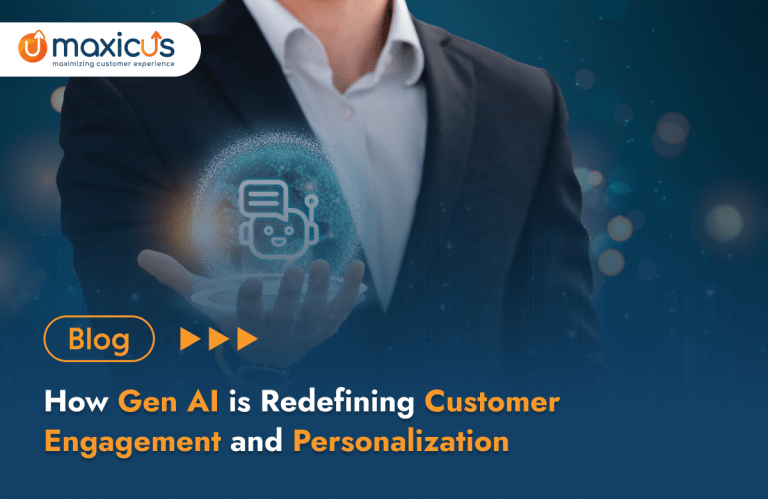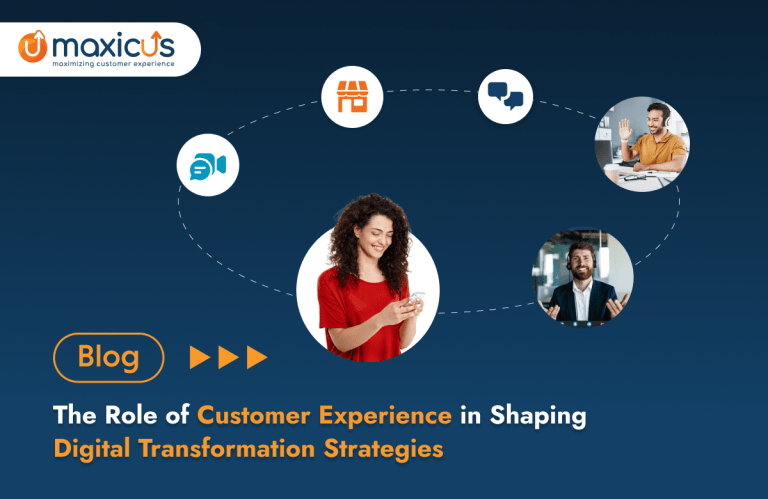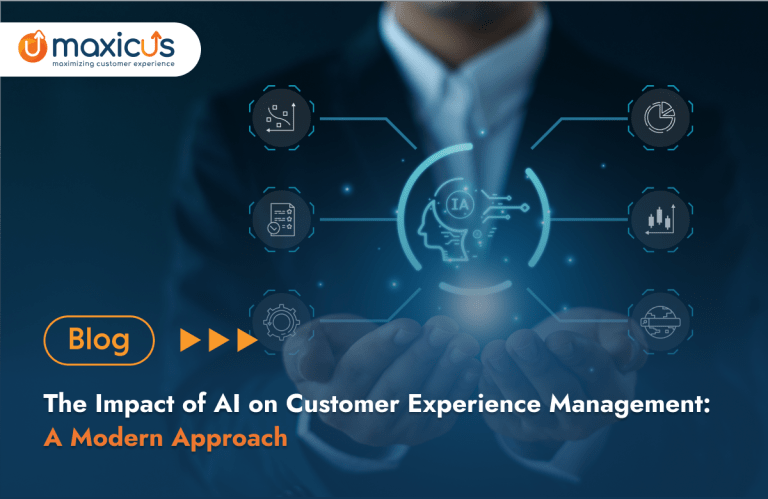Virtual Shopping: A Step into the Future of Retail
As the modern e-commerce world took shape over the past few years, there were clear boundaries between traditional retail or in-store retail and online retail or e-commerce stores. However, as the technology is progressing, there is an increased overlap between the two models as consumers expect a seamless journey across the two spaces. For instance, an increasing number of customers expect the integration of technology in traditional retail and the feel of an in-store experience during online transactions.
For instance, while 63% of consumers start shopping online, almost 49% of American consumers still prefer to do shopping in offline stores. At the same time, another report claims that even inside offline stores, consumers prefer to reach reviews and ratings online before making a purchase decision. The changing consumer preferences have made it imperative for retailers to embrace this new ecosystem.
Retailers are building virtual shopping experiences in offline stores and providing a personalized in-store-like experience on the internet. This is also known as a phygital customer experience. Here is all you need to know about phygital commerce and how it can benefit your business:
What is a Phygital Shopping Experience?
A phygital shopping experience is the inclusion of technology in offline retail and elements of offline retail in online stores. In other words, phygital is providing the best of both worlds, offline and online retail to consumers. With phygital solutions, brands can provide a virtual shopping experience in traditional retail and integrate in-store experiences on online channels.
A phygital shopping experience is more aligned to the current consumer needs, is more intuitive, and has changed the traditional customer journey for many retail brands across the globe.
Importance of Phygital Customer Experience
Providing a phygital customer experience is no longer a choice that businesses have. The changing consumer behavior has made it imperative for businesses to adopt phygital commerce into their day-to-day operations.
Here is why a phygital shopping experience is critical for brands across the globe:
1. Better customer experience
As you build a virtual shopping experience in traditional retail operations by providing in-store elements on the e-commerce channels, it will end up creating a better customer experience. The modern consumer prefers the best of both worlds. Some of them want to have an in-store experience before making a purchase decision, while some need to have all the required information before them on their mobile and prefer the products shipped to their doorstep. Businesses need to consider the demands of both these consumers and build a customer experience that can satisfy their needs accordingly.
2. Increased sales
Building a virtual shopping experience in an in-store ecosystem would require some level of commitment from the company – both in money and effort. However, it will result in increased sales and profits for the organization. In other words, if customers enjoy buying from a business, they will continue to do so in the future as well. It is expected that retailers that can integrate the elements of physical and online retail will continue to make a greater impact and increase their sales.
3. Interactive customer journey
A phygital shopping experience helps businesses create an interactive customer journey. The level of interactivity is dependent on the industry and business, but it ends up creating a more intuitive and functional customer journey that is aligned to the current times. By building an interactive customer journey, the business has a chance to create a competitive edge in the industry.
How to Build a Virtual Shopping Experience?
It is important to look at the basics of building a virtual shopping experience. Irrespective of the industry and business, the basics of building a virtual shopping experience would remain the same. Here is how you can build a virtual shopping experience for your business:
1. Know your customers
One of the most important steps toward building a virtual shopping experience is to know your customers well enough and what they expect from your business. Once you understand the customer’s needs well, you will be in a better position to set the right foundation for building virtual shopping experiences for your business.
2. Identify business goals
It is equally important to identify the business goals. This would help you set the priorities right before starting the journey to build a virtual shopping experience. It also depends on the stage of the business. For instance, a business may try to establish brand recall, drive sales, or increase engagement with customers by building a virtual shopping experience. There are customized solutions that can be built for each of these objectives. Therefore, it is important to have better clarity about the business goals before you try and create a virtual shopping experience.
3. Choose experiences
Once you are clear about the customer expectations and business objectives, it is now time to choose the experiences that will suit your needs. There are endless possibilities when it comes to building a virtual shopping experience. However, broadly, it can be categorized into the following: attracting the five senses of the customer, building a human connection, and providing end-to-end convenience. Depending on your end objective, you can select virtual shopping experiences like augmented reality, pop-up stores, artificial intelligence, online kiosks, QR codes, and more.
Deliver A Personalised Shopping Experience at Home
To Sum Up
Building a virtual shopping experience is critical for brands that aim to stay relevant in the changing retail ecosystem. Businesses should focus on customer needs and business objectives before deciding on what kind of virtual shopping experiences should be created by the business.
One of the most important steps in the journey of creating a virtual shopping experience for customers is to understand the pulse of the consumer. A business should use every tool in its arsenal to understand what the customer is saying, how they are feeling under traditional and modern retail channels, and what their expectations are. Once you have been able to get answers to these questions, you will be better equipped to create a virtual shopping experience that will bring increased sales, create better brand recall and increase customer loyalty.










